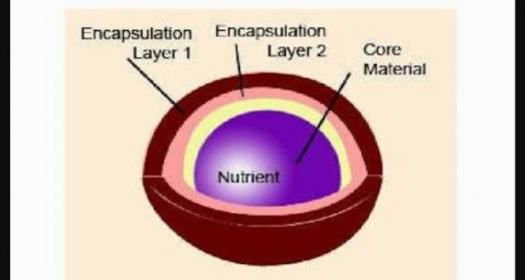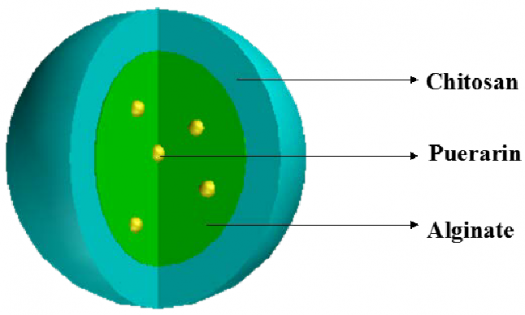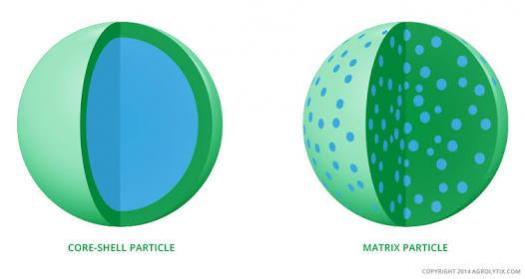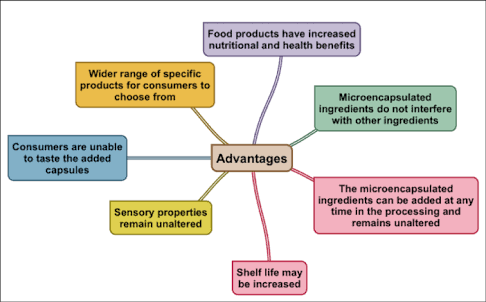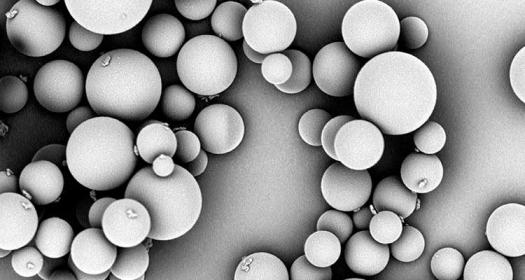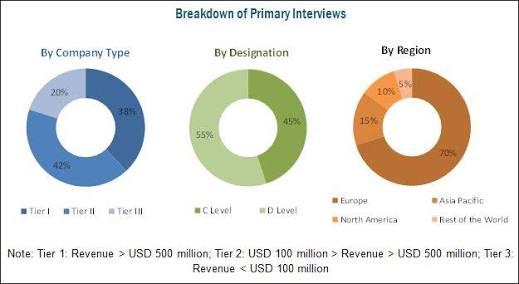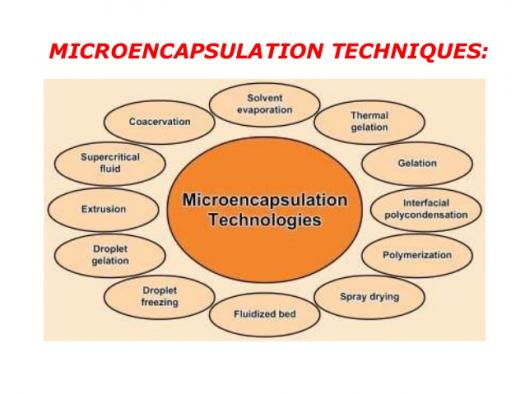What Do You Know About Microencapsulation? Quiz
(107).webp)
Here is a fantastic "What Do You Know About Microencapsulation?" quiz for you. Primarily in biology and food studies, microencapsulation (or micro-encapsulation) is a procedure in which little particles or droplets are encompassed by a covering or coating to give little cases of numerous valuable properties.
On a micrometric balance, microencapsulation is basically used for joining food ingredients, cells, proteins, enzymes, and/or different materials. Best of luck with this test!
- 1.
Which of the following is a small spherical particle with the size varying between 50nm to 2mm, which contains a core substance?
- A.
Vacuole
- B.
Microcapsule
- C.
Droplet
- D.
Shell
Correct Answer
B. MicrocapsuleExplanation
A microcapsule is a small spherical particle that contains a core substance. It has a size that can vary between 50nm to 2mm. Unlike vacuoles, which are membrane-bound organelles found in cells, microcapsules are synthetic particles. Droplets and shells are also not the correct answers as they do not specifically refer to small spherical particles with a core substance.Rate this question:
-
- 2.
Which of the following does the technique of microencapsulation depend on?
- A.
Melting Point of the Material
- B.
Relativity of the Material
- C.
Chemical Properties of the Material
- D.
Sensitivity of the Material
Correct Answer
C. Chemical Properties of the MaterialExplanation
Microencapsulation is a technique that involves enclosing small particles or droplets of a material within a protective coating. The success of this technique depends on the chemical properties of the material being encapsulated. These properties determine the compatibility of the material with the coating material and the ability of the coating to effectively encapsulate and protect the material. Factors such as solubility, reactivity, and stability of the material play a crucial role in determining the suitability of the material for microencapsulation.Rate this question:
-
- 3.
Which of the following is not a component of a microcapsule?
- A.
External Phase
- B.
Core
- C.
Fill
- D.
Membrane
Correct Answer
A. External PhaseExplanation
A microcapsule is a tiny spherical particle that consists of a core material surrounded by a membrane. The core contains the active ingredient or payload, while the membrane acts as a protective barrier. The external phase refers to the surrounding medium in which the microcapsule is dispersed, such as a liquid or solid matrix. Therefore, the external phase is not a component of the microcapsule itself, but rather the environment in which it exists.Rate this question:
-
- 4.
Which of the following is used as a coating material in microencapsulation?
- A.
Methyl Cellulose
- B.
Potassium alginate
- C.
Rhodoviol
- D.
Ethanol
Correct Answer
C. RhodoviolExplanation
Rhodoviol is used as a coating material in microencapsulation.Rate this question:
-
- 5.
Which of these is odd regarding the methods used in manufacturing microcapsules?
- A.
Physical Method
- B.
Chemical Methods
- C.
Coarcervation-Phase Separation
- D.
Physicochemical Methods
Correct Answer
C. Coarcervation-Phase SeparationExplanation
Coarcervation-Phase Separation is odd regarding the methods used in manufacturing microcapsules because it is a specific technique used to encapsulate materials by inducing phase separation in a polymer solution. This method involves the formation of a coacervate phase, which is a liquid droplet rich in the encapsulated material, followed by solidification to form microcapsules. In contrast, the other options - Physical Method, Chemical Methods, and Physicochemical Methods - are broader categories that encompass various techniques used in microcapsule manufacturing.Rate this question:
-
- 6.
Which of these is not a step involved in Coacervation-phase separation technique?
- A.
Coat Rigidization
- B.
Coat Deposition
- C.
Evaporation of the solvent from the matrix material
- D.
Formation of three immiscible chemical phases
Correct Answer
C. Evaporation of the solvent from the matrix materialExplanation
Coacervation-phase separation technique involves the formation of three immiscible chemical phases, coat deposition, and coat rigidization. However, evaporation of the solvent from the matrix material is not a step involved in this technique.Rate this question:
-
- 7.
Which of these is not a way by which surrounding walls of microcapsules are broken?
- A.
Increasing the temperature to melt the wall
- B.
Wall dissolution
- C.
Using fast disintegration
- D.
Applying shear stress on the wall
Correct Answer
C. Using fast disintegration -
- 8.
Which of the following is not an application of microencapsulation?
- A.
Visual Indicators
- B.
DNA Protection
- C.
Carbonless copy paper
- D.
Carbonated soft drinks
- E.
Essential oils
Correct Answer
D. Carbonated soft drinks -
- 9.
Which of the following is not involved in the physical method of microencapsulation?
- A.
Ionotropic gelation
- B.
Spray-drying
- C.
Vibrational nozzle
- D.
Centrifugal extrusion
Correct Answer
A. Ionotropic gelationExplanation
Ionotropic gelation is a chemical method of microencapsulation, not a physical method. In ionotropic gelation, the encapsulating material is crosslinked by the addition of a crosslinking agent, which is a chemical process. On the other hand, spray-drying, vibrational nozzle, and centrifugal extrusion are all physical methods of microencapsulation, where the encapsulating material is physically transformed into microspheres or particles using techniques such as drying, vibration, or centrifugal force.Rate this question:
-
- 10.
When did Barrett K. Green receive the patent for the process of microencapsulation?
- A.
July 5, 1945
- B.
July 5, 1950
- C.
July 5, 1955
- D.
July 5, 1960
Correct Answer
C. July 5, 1955Explanation
Barrett K. Green received the patent for the process of microencapsulation on July 5, 1955.Rate this question:
-
Quiz Review Timeline +
Our quizzes are rigorously reviewed, monitored and continuously updated by our expert board to maintain accuracy, relevance, and timeliness.
-
Current Version
-
Mar 12, 2025Quiz Edited by
ProProfs Editorial Team -
May 25, 2018Quiz Created by
AdeKoju
 Back to top
Back to top




